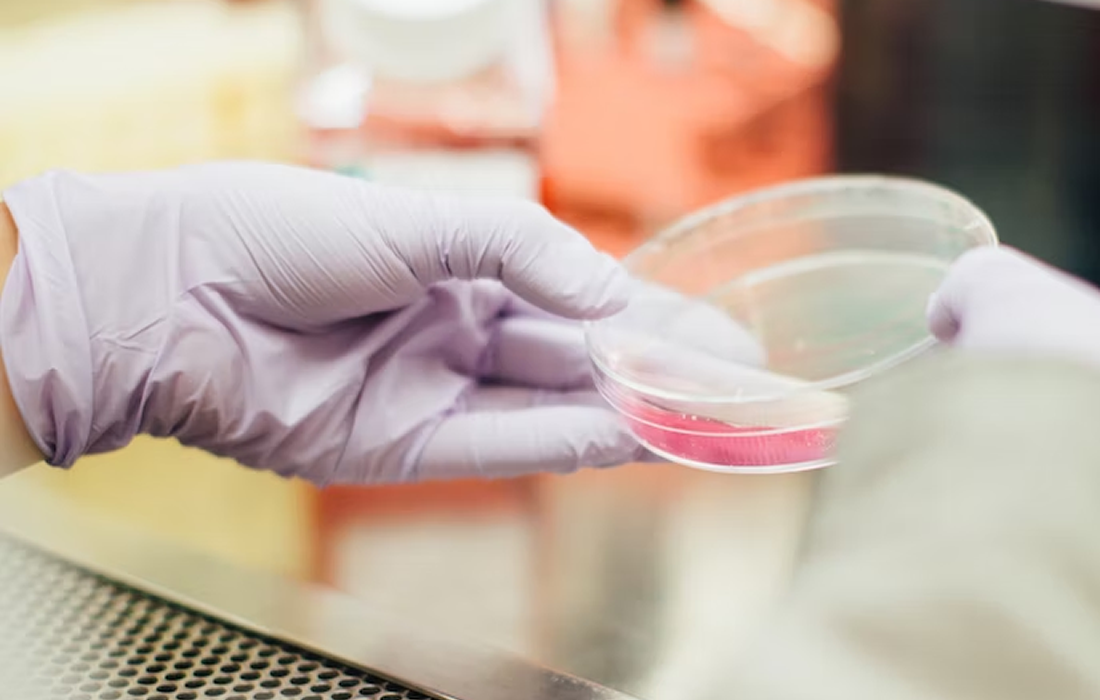Regenerative Medicine News and General Information
New Human Cell Type for Research
The extraembryonic mesoderm (EXM) is an important tissue with essential roles in development. EXM is implicated in primitive erythropoiesis and extracellular matrix formation; becomes an integral part of the amnion, yolk sac, allantois, and chorion; and forms the primitive umbilical cord.
When all goes well, a human embryo implants in the womb about seven days after fertilization. At that point, the embryo becomes inaccessible for research due to technical and ethical limitations. That is why scientists have already developed stem cell models for various types of embryonic and extraembryonic cells to study human development in a dish.
Vincent Pasque’s team at KU Leuven has developed the first model for a specific type of human embryo cells, extraembryonic mesoderm cells. These cells generate the first blood in an embryo, help to attach the embryo to the future placenta, and play a role in forming the primitive umbilical cord. In humans, this type of cell appears at an earlier developmental stage than in mouse embryos, and there might be other important differences between species.
The researchers made their model cells from human stem cells that can still develop into all cell types of an embryo. The new cells closely resemble their natural counterparts in human embryos and are therefore a good model for that specific cell type.
Limitations of this study include our limited knowledge of human postimplantation embryos, the restricted number of human and monkey embryos that were sequenced, and the scarce molecular characterization of EXMCs in human embryos. More sequencing data of primate embryos are needed for additional, higher resolution analyses. Additionally, all features of embryonic development may not be recapitulated in vitro and in embryos grown ex vivo.
The induction and maintenance of EXM-cells from multiple naive human Pluripotent Stem-Cells lines will enable the study of EXM in culture and allow molecular, genetic, and epigenetic manipulations, and may pave new research lines of several therapy approaches for different problems such as fertility problems, miscarriages, and developmental disorders.
SOURCE:
Thi Xuan Ai Pham, Amitesh Panda, Harunobu Kagawa, San Kit To, Cankat Ertekin, Grigorios Georgolopoulos, Sam S.F.A. van Knippenberg, Ryan Nicolaas Allsop, Alexandre Bruneau, Jonathan Sai-Hong Chui, Lotte Vanheer, Adrian Janiszewski, Joel Chappell, Michael Oberhuemer, Raissa Songwa Tchinda, Irene Talon, Sherif Khodeer, Janet Rossant, Frederic Lluis, Laurent David, Nicolas Rivron, Bradley Philip Balaton, Vincent Pasque (September 1, 2022). Modeling human extraembryonic mesoderm cells using naive pluripotent stem cells. Cell Stem Cell. Retrieved from : https://www.cell.com/cell-stem-cell/fulltext/S1934-5909(22)00337-X?_returnURL=https%3A%2F%2Flinkinghub.elsevier.com%2Fretrieve%2Fpii%2FS193459092200337X%3Fshowall%3Dtrue
IMAGE:
Photo by Drew Hays on Unsplash

